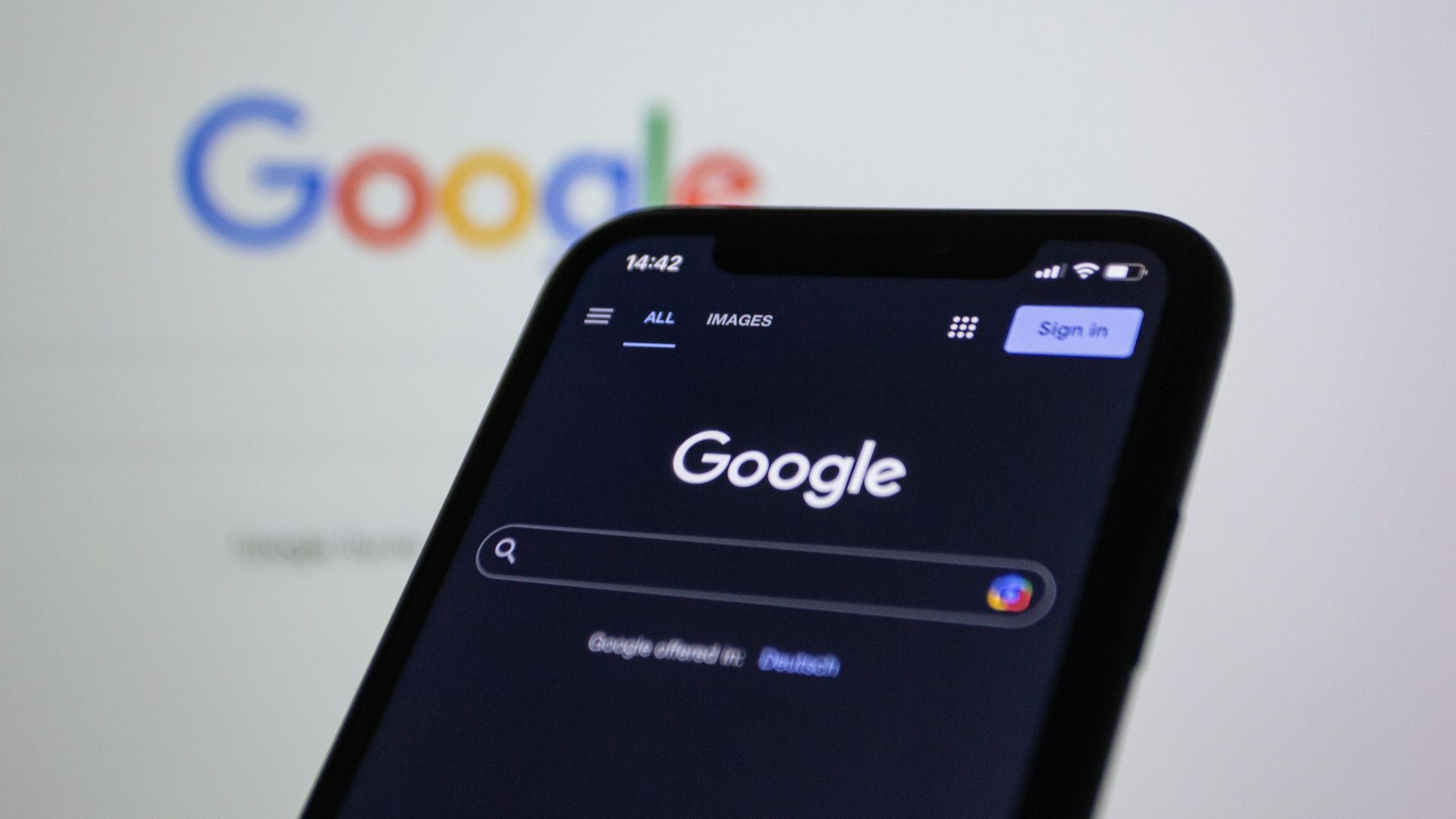Understanding the Differences: UI vs Graphic Design
In the realm of digital design, two disciplines often come into focus: UI Design and Graphic Design. Both are integral to the creation of visually compelling and functional products. Yet, they serve distinct purposes and require unique skill sets.
UI Design, or
User Interface Design, is the art of crafting interactive digital environments. It's about making a user's interaction with a product as intuitive and enjoyable as possible. It's a field that's closely tied to the tech industry, with a focus on digital products like websites and mobile apps.
On the other hand, Graphic Design is a broader field. It's about creating visual content to communicate messages. Graphic designers work on a variety of projects, from branding and logos to print media and packaging.
Understanding the differences between these two fields can be crucial. Whether you're an aspiring designer, a professional looking to specialize, or a business owner seeking to hire, knowing what each discipline entails can guide your decisions.
In this article, we'll delve into the nuances of UI Design and Graphic Design. We'll explore their unique roles, the skills they require, and how they contribute to the success of a product or brand.
Defining UI Design and Graphic Design
UI Design, short for User Interface Design, is a digital field. It's about designing the interfaces for software and machines, such as computers, mobile devices, and other electronic devices. The goal is to make user interactions as simple and efficient as possible.
In contrast, Graphic Design is about creating visual content to communicate messages. It applies visual hierarchy and page layout techniques to meet users' specific needs. It focuses on the logic of displaying elements in interactive designs to optimize the user experience.
Here are some key differences between the two:
- UI Design is about making user's interaction as simple and efficient as possible.
- Graphic Design is about communicating messages through visuals.
- UI Design is more focused on digital products, while Graphic Design covers both digital and print media.
- UI Design requires knowledge of programming languages like HTML, CSS, and JavaScript, while Graphic Design requires skills in design software like Adobe Illustrator and Photoshop.
UI Design Fundamentals
UI Design is all about improving the user's interaction with a product. It's about making the user's interaction as simple and efficient as possible. This involves designing the layout of digital products, creating interactive elements, and providing user feedback.
For example, when designing a mobile app, a UI designer would think about how to arrange the buttons on the screen. They would consider the colors, shapes, and sizes that would make the app easy to use.
The Role of a UI Developer
A UI Developer is a technical role that involves implementing the designs created by UI Designers. They use programming languages like HTML, CSS, and JavaScript to bring the designer's vision to life.
For instance, a UI Developer would take the design for a mobile app and write the code to create the buttons, sliders, and other interactive elements. They ensure that the design works well on different devices and screen sizes.
Graphic Design: Visual Communication and Aesthetics
Graphic Design is about creating visual content to communicate messages. It involves using typography, images, color, and layout to engage viewers and convey a specific message or idea.
For example, a graphic designer might create a logo for a company. They would consider the company's brand, target audience, and the message they want to convey. The result is a visual representation of the company's identity.
Photo By: DIIB Learning Center
Education and Certification
Education in both UI and Graphic Design can vary widely. Some designers may have a formal education, while others are self-taught. There are many online courses and bootcamps available for those interested in these fields.
For UI Design, understanding of coding languages like HTML, CSS, and JavaScript is often required. Knowledge of design software like Sketch and Adobe XD is also beneficial.
For Graphic Design, a strong foundation in design principles and mastery of design software like Adobe Illustrator and Photoshop is crucial.
Google UX Design Certificate
Google offers a UX Design Certificate program. This program covers the fundamentals of UX design, including user-centered design, developing personas, and creating wireframes and prototypes.
This certificate can be a valuable asset for those looking to specialize in UI/UX design. It provides a solid foundation in the principles of user-centered design and offers practical experience in creating user-friendly interfaces.
Design Portfolio Examples
A well-curated design portfolio is crucial for both UI and Graphic Designers. It showcases their skills and creativity to potential employers or clients.
For UI Designers, the portfolio might include screenshots of interfaces they've designed, along with explanations of their design decisions. For Graphic Designers, it could include logos, branding materials, and other visual content they've created.
Practical Applications in Design
UI and Graphic Design both have a wide range of practical applications. They are used in various industries and mediums, from digital products to print media. Understanding their unique applications can help clarify the differences between these two fields.
Mobile App Design and UI
UI Design plays a crucial role in mobile app development. It involves designing the visual interface elements that users interact with. This includes everything from buttons and menus to color schemes and typography. The goal is to create an intuitive and user-friendly experience.
Graphic Design Projects
Graphic Design, on the other hand, is often used in creating visual content for branding and marketing purposes. This could include designing logos, business cards, brochures, and social media graphics. The focus is on visual communication and aesthetics, conveying a specific message or brand identity.
Tools and Trends in Design
In both UI and Graphic Design, the use of specific tools and staying updated with current trends is essential. These tools and trends can greatly influence the design process and the final outcome of the design work.
UX Design Tools
UX Design tools, such as Sketch and Adobe XD, are commonly used in UI Design. These tools allow designers to create wireframes, prototypes, and high-fidelity designs. They also facilitate collaboration between designers and developers, streamlining the design process.
Web Design Trends
Keeping up with web design trends is crucial for both UI and Graphic Designers. These trends can influence the aesthetics and functionality of web interfaces. Current trends include minimalistic design, dark mode, and micro-animations, all of which can enhance user experience and engagement.
UI and Graphic Design in Practice
In practice, UI and Graphic Design often overlap, but they serve distinct purposes. UI Design focuses on the user's interaction with a product, while Graphic Design emphasizes visual communication and aesthetics.
UI Design Examples
Examples of UI Design include the layout of a mobile app or a website. These designs prioritize usability and functionality, ensuring that users can navigate the product easily and intuitively.
The Impact of UX Design on UI
UX Design, or User Experience Design, greatly impacts UI Design. UX Design focuses on the overall user experience, which includes the UI. Therefore, a well-designed UI is integral to a positive user experience, making the roles of UI and UX designers interrelated but distinct.
Conclusion: Choosing the Right Path for You
At Quantifi Media, we understand that choosing between UI and Graphic Design is a crucial decision that hinges on your personal interests and career aspirations. If you find yourself fascinated by digital products and the intricacies of user interaction, UI Design could be your ideal career path. Conversely, if your passion lies in visual communication and creating compelling aesthetics, a future in Graphic Design might be your true calling.
Both fields offer exciting opportunities for creativity and innovation, and we're here to help you navigate these choices. For expert guidance in digital marketing and design services tailored to your unique needs,
Contact us today!
Share this blog!





